From Gas Station to Storefront: The Long Road to Revitalization
Three years, $400k, and a whole lot of environmental red tape—how we turned an abandoned and contaminated site into a fresh, new retail space.
Hey — Jonah here.
Welcome back to Brick + Mortar, where I share stories on developing real estate at Village Ventures.
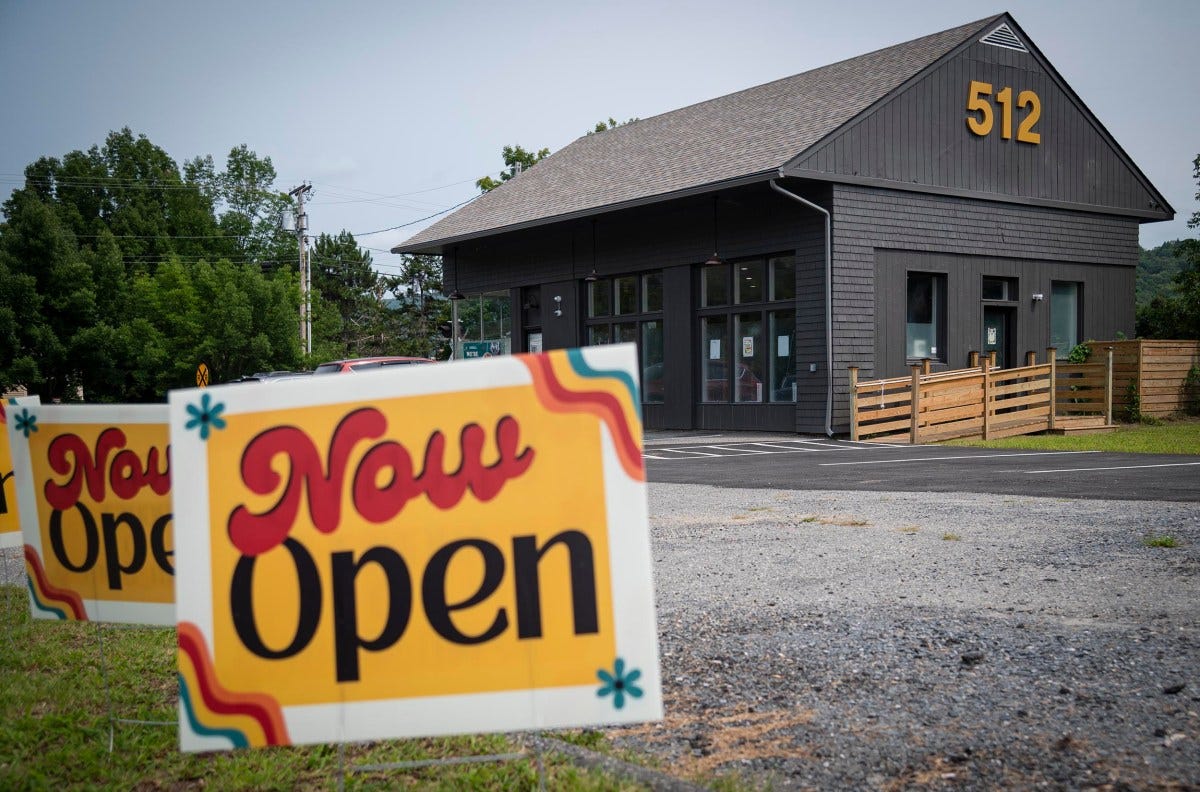
$421,045.33.
That’s what it took to turn an abandoned gas station into a functioning retail space.
In total, we spent three years from offer to opening, with most of that time spent prior to construction doing environmental work and fundraising.
Then, last fall, Ninny Goat & Co opened its doors as the first cannabis store in Fairlee.
The owner, Airon, crushed the buildout. The store has an 80's theme—turntable, colorful furniture, records, old newspaper clippings, and a vintage soft drink refrigerator salvaged from the former gas station.
Plus, there are murals and local art (including one of my mom's paintings!).
With the project now complete and occupied, let’s dig into the process we went through, development costs, how we funded it, and a few lessons learned.
Breaking down our three-year timeline
Here’s how it all played out—because, trust me, this wasn’t just a quick flip.
June ‘21: Letter of intent sent to owners detailing proposed terms.
July ‘21: Purchase and sale signed.
September ‘21: Phase I ESA completed, surfacing several Recognized Environmental Conditions (RECs). RECs warrant further investigation. Closing postponed to pursue Phase II and grant funding to help cover costs.
March ‘22: Funding for Phase II secured from our regional planning commission (TRORC) and property enrolled in state BRELLA program to limit liability from environmental contamination.
September ‘22: Phase II complete. Contamination on site confirmed, requiring remediation. Start work on preparing Corrective Action Plan (CAP) which details steps needed to remediate site.
April ‘23: CAP approved by state. Additional testing was required prior to approval, which delayed approval. With costs of remediation now known, we set a closing date and agreed to handle remediation post-closing.
June ‘23: Close on property.
August ‘23: Start on construction. Scope included:
Exterior: Replace roof, pavement, several windows, and both commercial doors. New paint and ADA ramp.
Interior: Remove walls. Refinish concrete floors. New drywall, plumbing, electrical, HVAC, finishes, and paint.
Remediation: Installation of radon mitigation system inside building to safely expel soil gases trapped beneath slab. No contaminated soils on exterior of the building, thankfully.
December ‘23: Sign lease with Ninny Goat.
April ‘24: Complete construction. Ninny Goat starts their buildout.
August ‘24: Ninny Goat open for business!
We could’ve sped up the environmental work if we had the cash to pay for it ourselves. But since we relied on grant funding, every step required approvals and extra layers of review—adding months to the process.
Funding the conversion
Like most small-town projects, this one didn’t pencil out with private financing alone. We had to get creative with the capital stack.
With a total cost over $400,000, the project wouldn’t pencil with traditional private equity and debt sources alone. Retail rents in rural Vermont just aren’t high enough to support those costs.
Here’s where we landed:
Expanding on that:
Sources:
Economic development grant: Funded through the Capital Investment Program, a one-time ARPA source.
Historic tax credits: State credits issued by the Agency of Commerce & Community Development. Credits were sold to a local bank for $0.90 on the dollar to fund construction.
Remediation grant: Brownfield funds from the state’s Department of Environmental Conservation (DEC) to cover installation of radon mitigation system.
Debt: Market rate debt (~7% interest, 20-year amortization).
Equity: Raised from the partnership.
Uses:
Purchase price: $145/sf might have been a tad high to pay for the building, but it’s a good location in downtown Fairlee and will appreciate over time.
Soft costs: Design, legal, development fee, holding and financing costs.
Hard costs: Anything construction related. $150/sf.
An additional ~$40k was spent on the Phase I and II that isn’t shown here. Luckily, we have a regional planning commission (TRORC) that has been beyond supportive of our projects and was willing to take on the burden of those costs directly.
A few lessons learned
Lesson #1: If you’re buying a contaminated site, double your timeline.
Especially if you’re relying on grant funding for environmental work—because nothing moves fast when multiple agencies, consultants, and partners are involved.
Due diligence takes time, and surprises will pop up. Case in point: we discovered two separate slabs under our building mid-testing, which delayed us two months while the environmental team scrambled to revise their cost estimate and get funder approval.
And if you enroll in BRELLA? Expect even more scrutiny. Even after we completed Phase II, DEC required additional testing, triggering a cycle of more work, more funding gaps, more approvals, and more delays—easily adding four extra months to the process.
Bottom line: Contamination cleanup isn’t just about remediation—it’s about patience.
Lesson #2: Get as resourceful as possible.
Your project lives or dies by your construction budget.
Sure, a bigger bathroom would be more functional. More insulation? Definitely better. Fresh siding? No doubt.
But every upgrade means more debt. More debt means higher rents. And there’s only so much tenants can pay before your shiny new space sits empty.
That’s a losing game.
Pick your battles. Spend on what matters. Cut the rest.
So far, this is the second retail project we've tackled after the Sunnyside Coffee space across the street. Stay tuned—we've got more in the works!
Until next time.
— Jonah 🧱
P.S. Want to connect? Find me on LinkedIn.





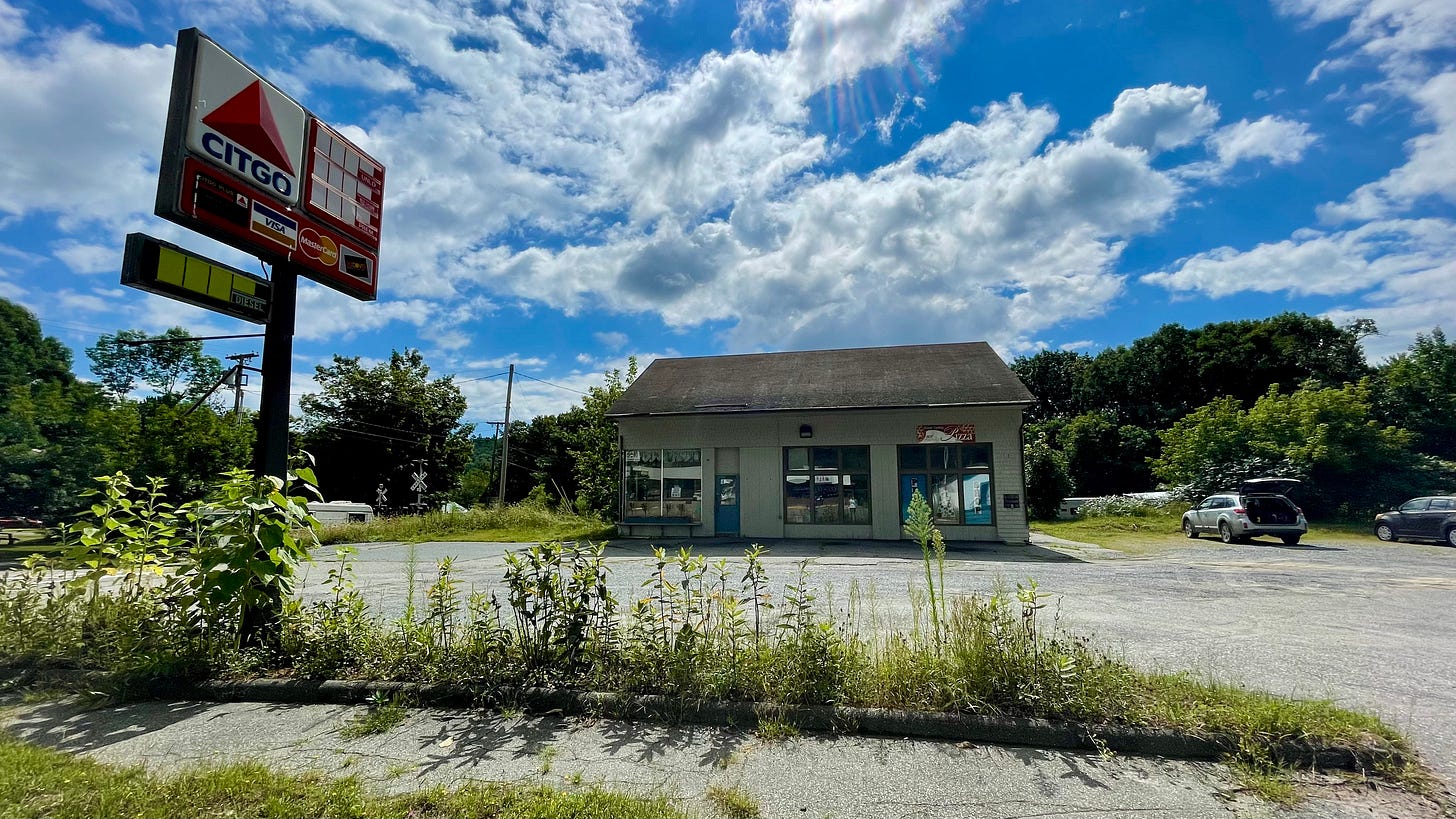

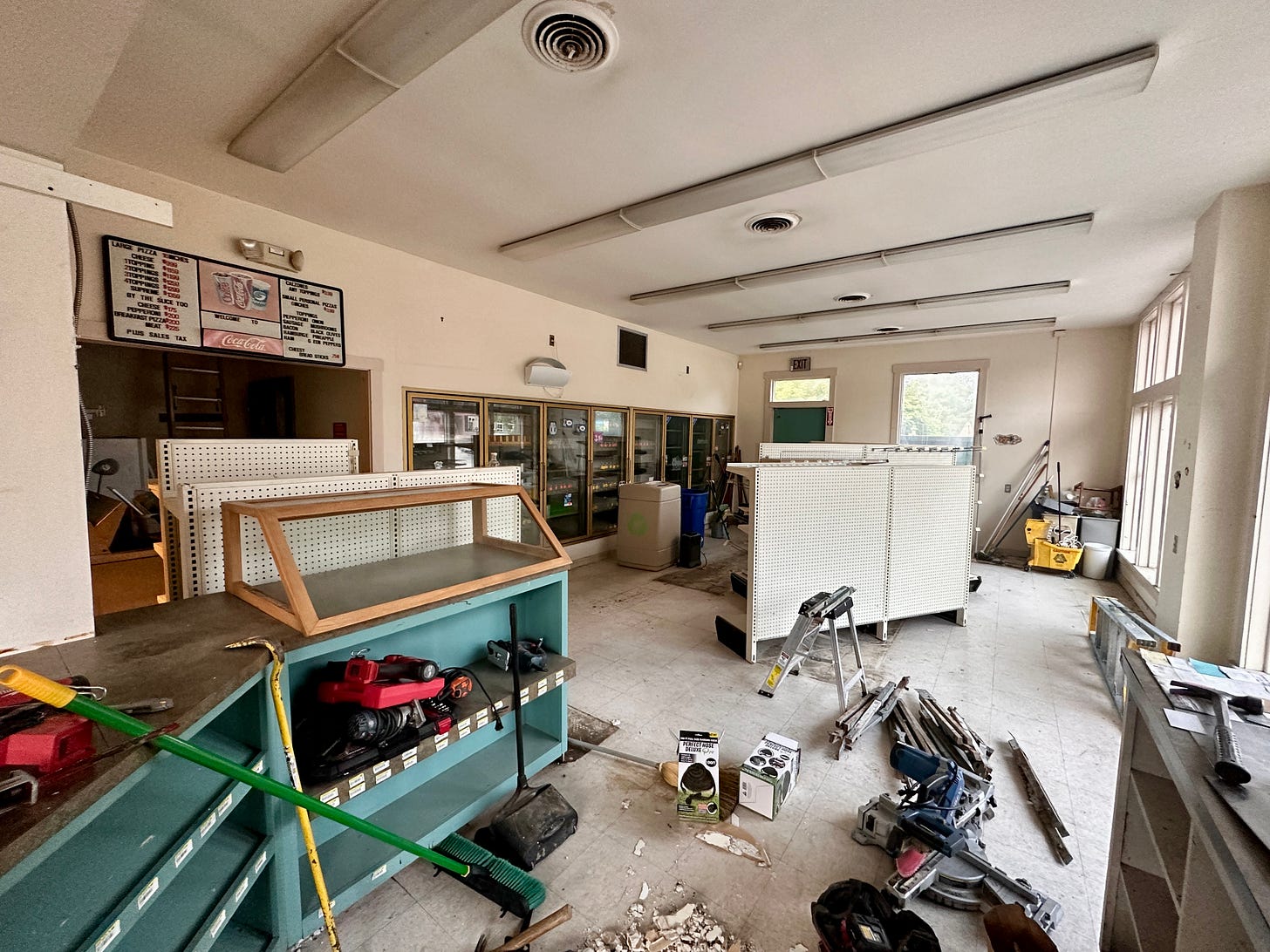
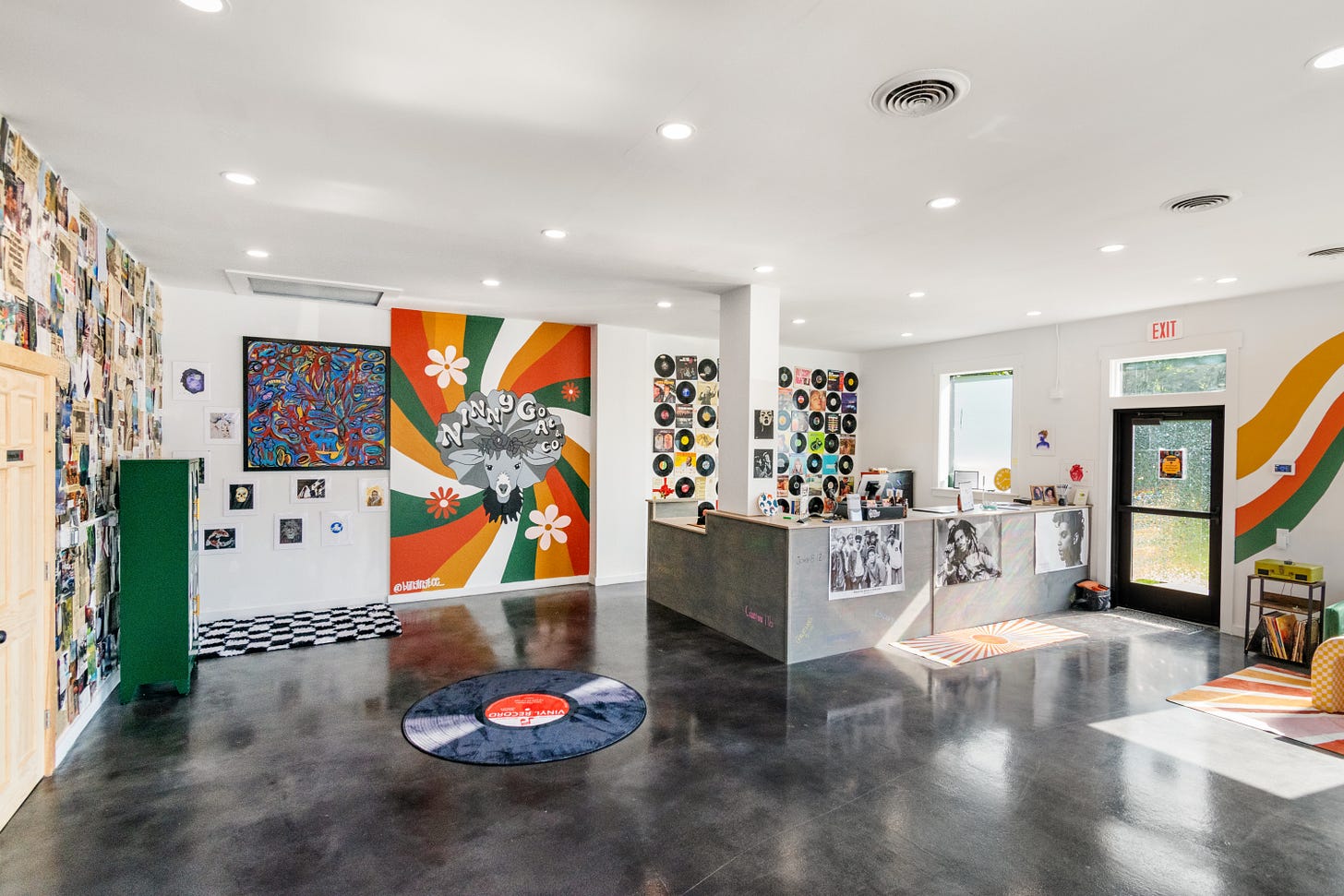




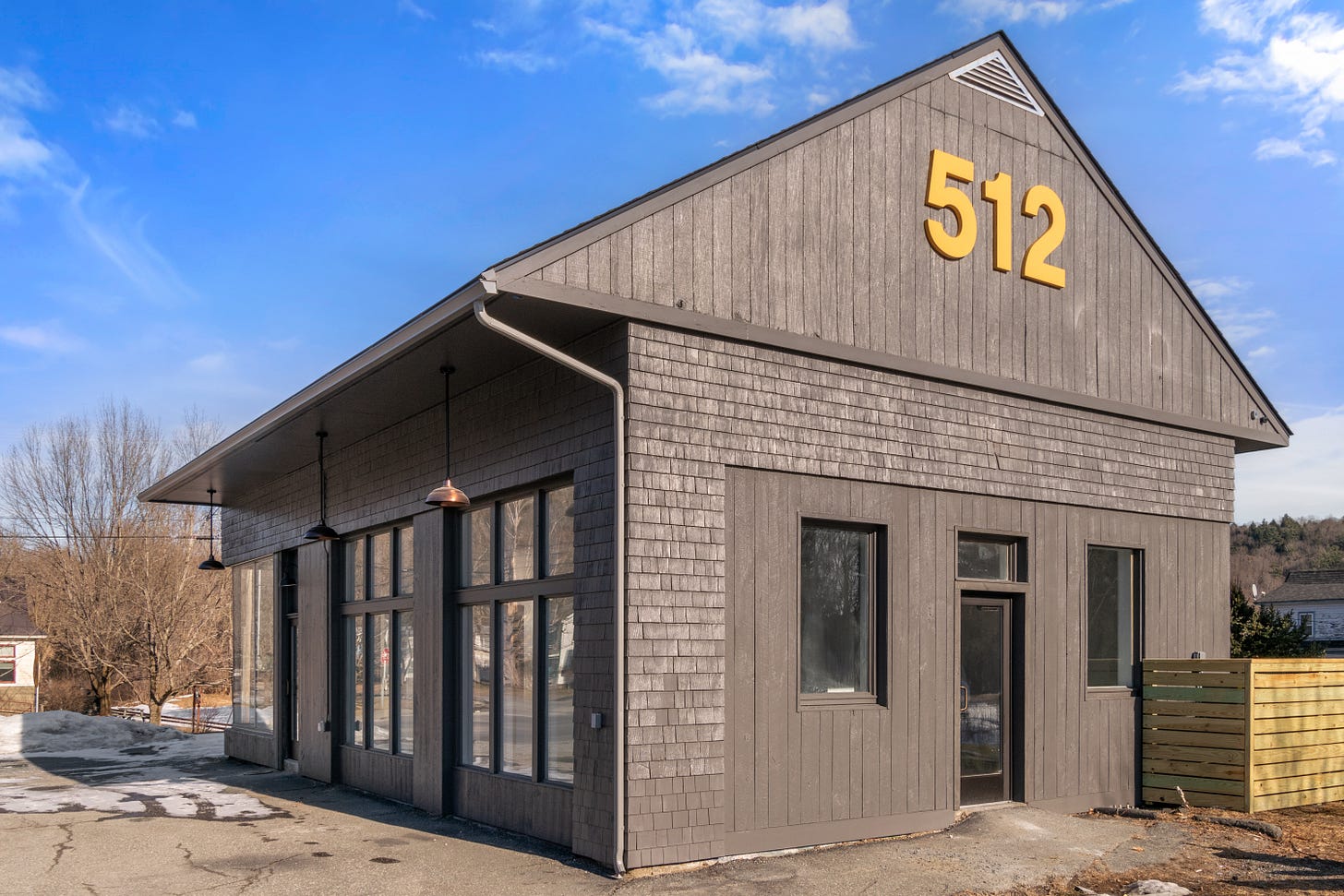
What a fabulous project! Love how it turned out and what you're doing for the community.